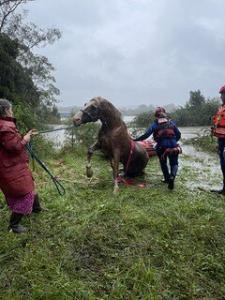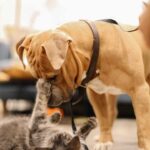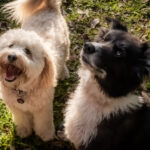Updated 5 April 2024: With the Bureau of Meteorology issuing further flood warnings for NSW, it’s important to ensure pet safety in floods, and know how to help animals in storms.
We have updated our bushfire and flood safety guide, so keep reading to learn how to care for animals in storms and floods, including a checklist for emergency evacuations.
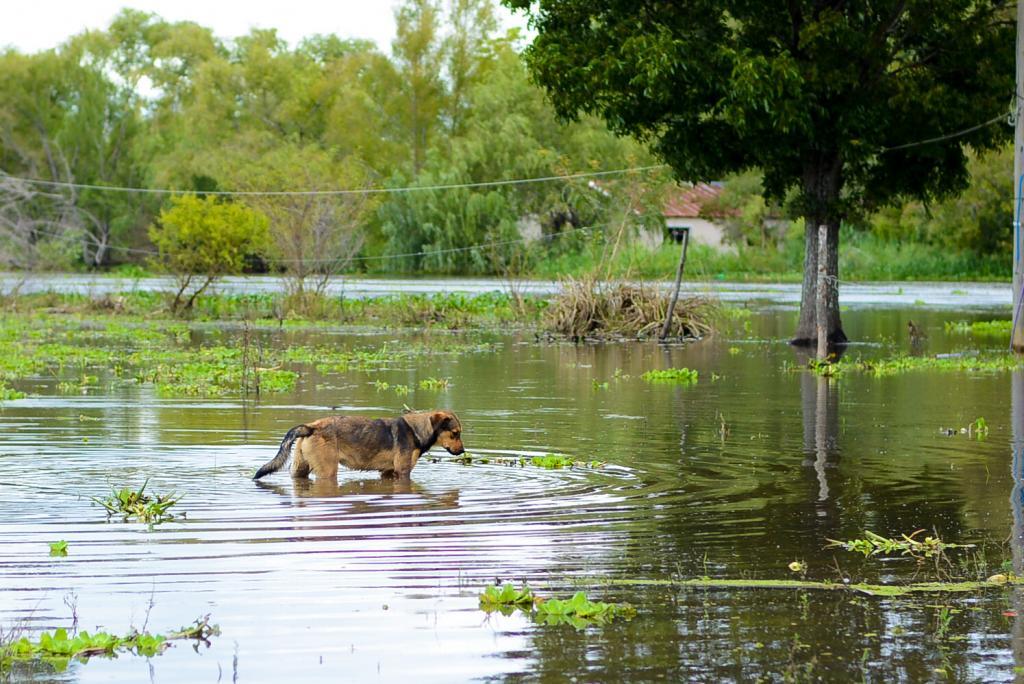
Estimated reading time: 1 minute
Severe weather or disaster pet safety essentials
- Make sure your pets are microchipped and details are up to date;
- Ensure you’ve got their registration and vaccination papers handy at all times;
- Keep their carrier handy in an easy-to-reach location;
- Pack a kit to keep with carrier that includes items such as towels, comfort toys or blankets, leashes and harnesses, supply of food and water, as well as all their medication.
Owners urged to be prepared for floods; have livestock, pet safety plan organised
Australia has experienced bushfire and flood emergencies in recent years that led to significant loss of live, homes, and livelihoods.
As a result, countless animals were killed after families were forced to flee their homes, leaving their pets behind.
Sadly, many of the farm animals that were left to fend for themselves ended up drowning.
With the BOM now issuing more flood warnings in NSW, the importance of being prepared has never been more critical.
While many of us have plans in place for our families, it’s crucial not to forget about our pets and livestock.
Pet safety in storms and other weather emergencies
Pets are an integral part of our families, offering companionship and unconditional love.
In times of emergency, their well-being is often as concerning to us as that of any other family member.
However, pets have specific needs that are crucial to address, especially when dealing with the unpredictability of natural disasters like floods and bushfires.
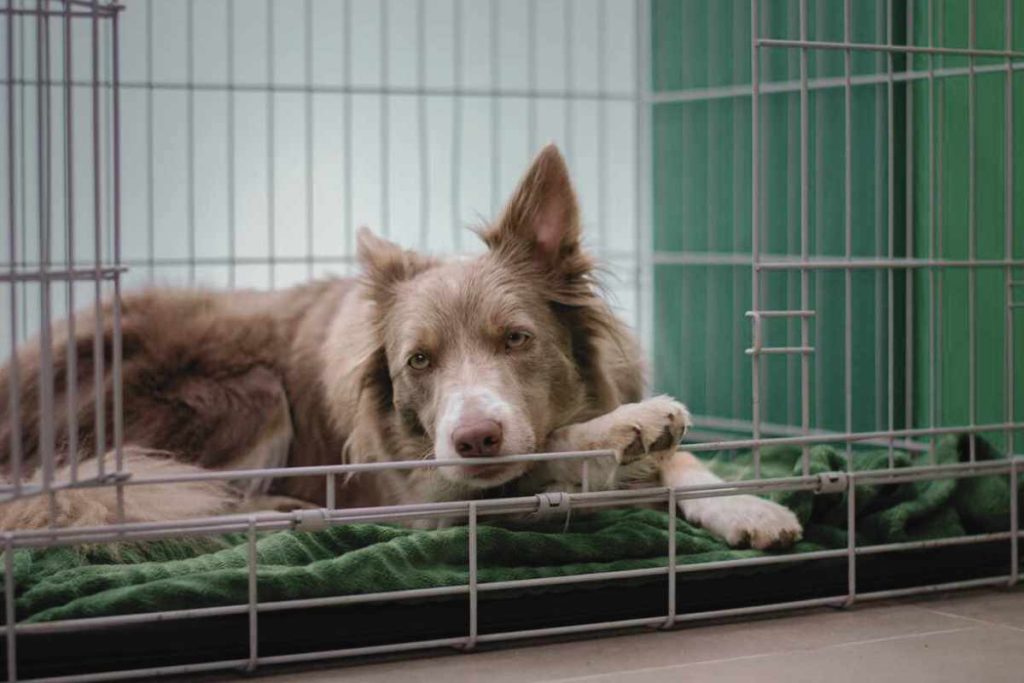
Include animals in your flood and bushfire disaster plan
Pet owners are encouraged to have a disaster plan that includes their pets in place in case of an emergency.
Simple things like having an emergency pet kit ready can make the difference in a life-threatening situation.
“It’s crucial to have a plan for your animals before disaster strikes,” said Ben Pearson, country director for World Animal Protection.
“While there is an outpouring of compassion for animals, many people are unaware of how to help them.
“Without a plan, people may make panicked decisions that threaten the safety of their animals and their family.

Download World Animal Protection’s free disaster guide on their website.
Emergency items for pets
In severe weather conditions, it’s important to be well-stocked and prepared in case you get evacuated or are cut off from electricity and water. This includes ensuring you have the following items on hand for your pet:
FOOD: At least three days’ worth of non-perishable food.
WATER: At least three days’ worth.
MEDICINE: Store in a waterproof container.
VET RECORDS: Keep copies in a watertight container.
FIRST AID KIT: Extra cotton bandage rolls, bandage tapes, scissors, tweezers, and latex gloves.
BLANKET & BEDDING: Familiar items to reduce stress.
SANITATION: Newspapers, paper towels, plastic bags, gloves, and household bleach for cleaning.
Pet identification and equipment essentials
- Collar or tag with your and your pet’s details.
- Register and microchip your pet.
- Store a current photograph of your pet in a waterproof container.
- Sturdy lead, harness, or muzzle.
- Cages or carriers for safe transport.
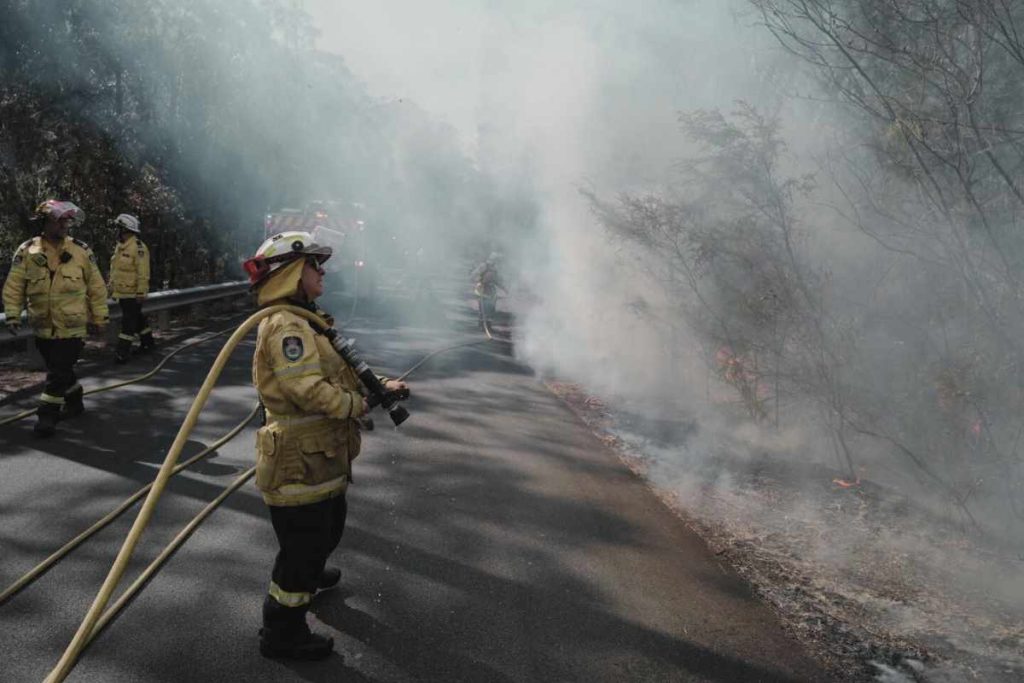
Helping animals after a disaster
Planning for disaster is vital, but it’s also important to have a plan to help animals recover after an event.
World Animal Protection’s tips to help transition animals back to normality
- Clean water sources: dams or ponds that your pets drink from might be contaminated, so try to avoid them drinking or going into them.
- Clear hazards on your property so that debris has gone before moving your pets back in.
- Create a calm environment with their favourite toys and blankets to reduce stress.
- Monitor your pets for any injuries they may have sustained, and contact a vet if you are worried about an injury or their behaviour.
- Re-stock your disaster planning kit, if you don’t already have one, you can download your plan today.
- Review and improve your disaster plan!
- Update or replace their ID tag if details to have most recent details.
For further information, NSW SES has some great tips on making an animal emergency plan.
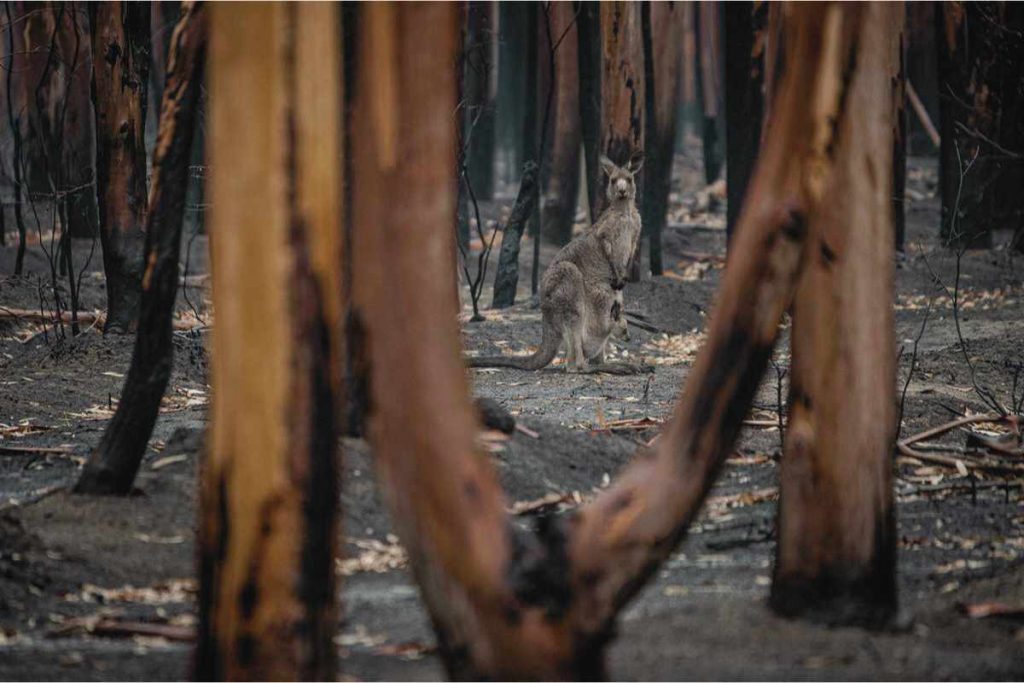
Heartwarming animal rescues from Australian flood disasters
Many heartwarming stories of people rescuing and caring for animals in floods have emerged from the devastation.
MP for the Animal Justice Party, Mark Pearson, says it’s great to see how much the community cares for animals.
“We’ve seen Australians go above and beyond for animals by saving pets, farmed animals, and wild animals alike,” Pearson says.
Pearson says it’s also great to see people caring for farm animals just as much as pets like cats and dogs.
“I saw a government document about the floods referring to animals and livestock separately,” says Pearson.
“Most Australians don’t see a distinction, and don’t consider livestock as just objects or stock to be lost.”
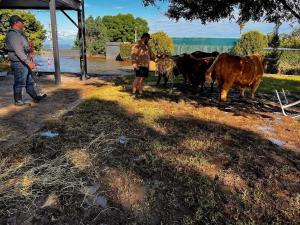
“All animals suffer in natural disasters, just like humans, and we as a society are really starting to realise that,” Pearson says.
“It’s inspiring to see so many incredible stories of people rescuing not only dogs and cats, but koalas, kangaroos, horses and cows.
“I thank the volunteers working to save lives, but I want to remind the public to never put themselves in danger.”

Mark calls on Australians to have a plan in place for caring for their animals in a disaster.
“This is a good reminder for everyone to have a plan of action in place for saving the animals in your care.”
